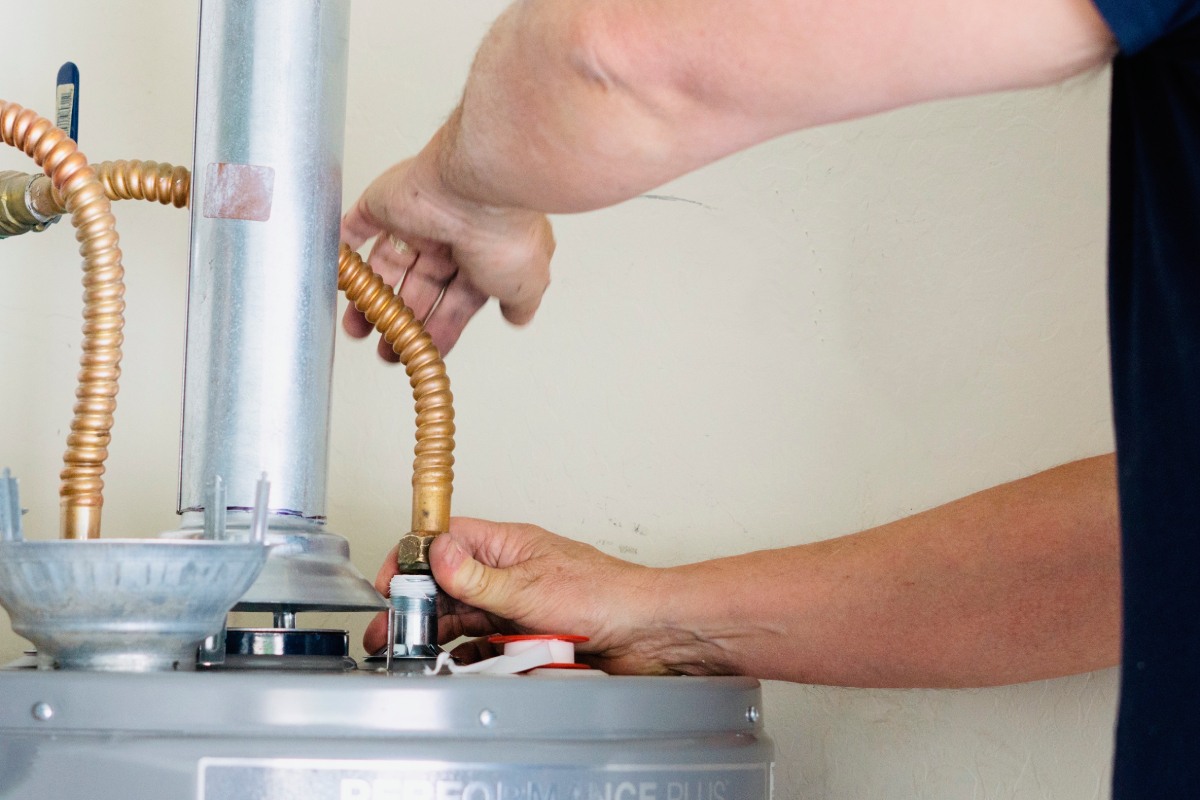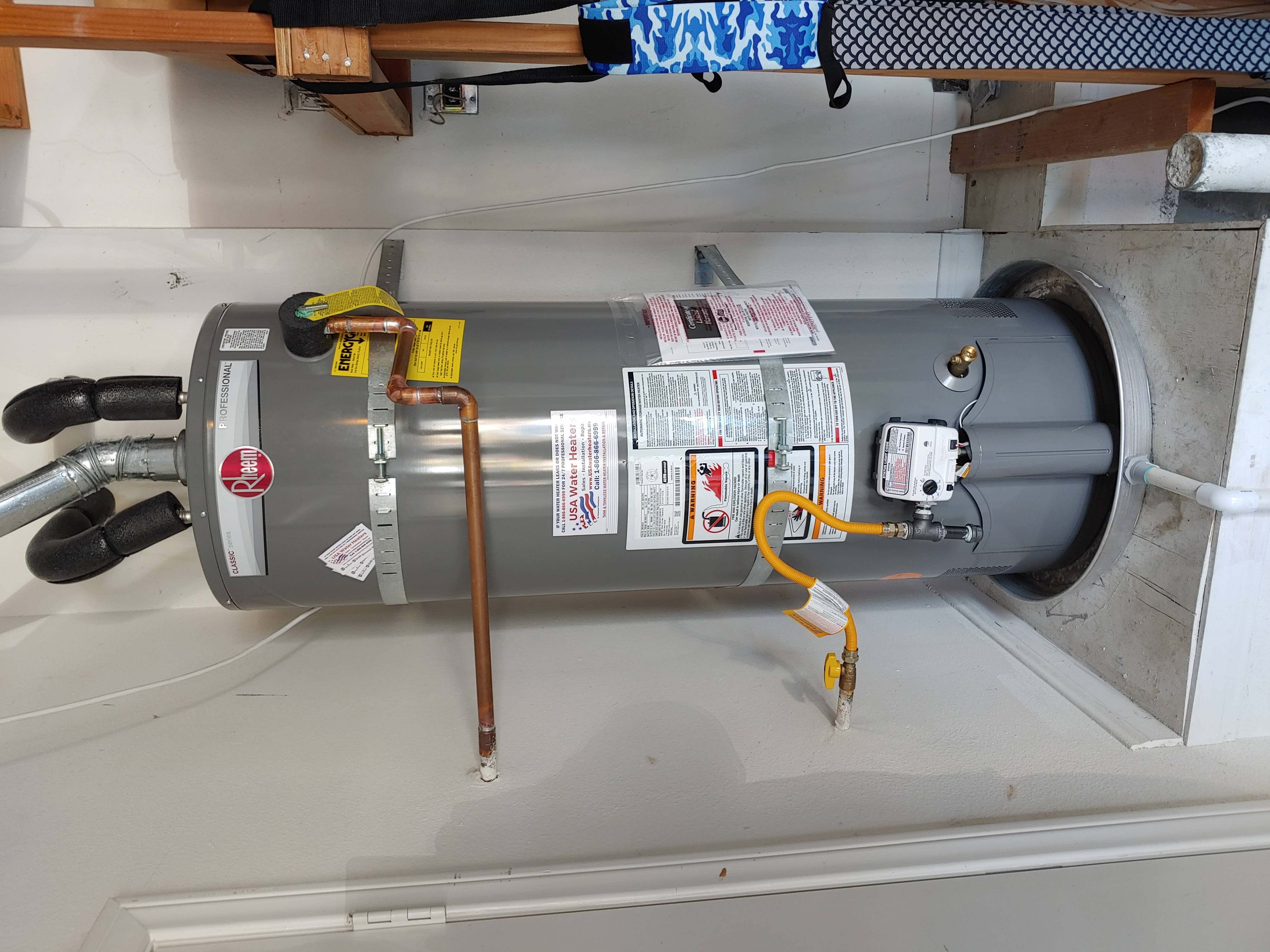Fast and efficient water heater installation in Yorba Linda – call now
Fast and efficient water heater installation in Yorba Linda – call now
Blog Article
DIY Hot Water Heater Installment: Vital Steps for Success
When taking into consideration a DIY water heating system installation, it is necessary to come close to the job with a systematic attitude, as the process entails a number of vital actions that can substantially affect both safety and performance. Choosing the ideal water heating unit for your certain requirements is simply the start; preparing the installation area and recognizing the necessary devices and materials are similarly essential.
Picking the Right Water Heating System
When selecting a hot water heater, it is necessary to consider a number of crucial aspects to make certain optimum efficiency and effectiveness - water heater installation. Review the type of water heating system that best matches your needs. Choices consist of tankless, storage space tank, and heatpump hot water heater, each offering unique benefits in regards to power effectiveness and space needs
A bigger family members might call for a system with a better gallon capacity or a tankless system that can offer continual warm water. Each power type has implications for setup prices and lasting power expenditures.
Energy efficiency is an additional vital variable. By carefully evaluating these factors, you can choose a water heater that aligns with your home's specific demands, ensuring convenience and efficiency for years to come.
Tools and Materials Needed
Effectively installing a water heater requires not just the ideal option of unit yet likewise the suitable devices and materials. Before starting your do it yourself task, ensure you have a comprehensive listing of items to promote a smooth setup process.
Essential devices include a pipeline wrench, flexible pliers, and a screwdriver set (both flathead and Phillips), which will aid you handle numerous installations and connections. Furthermore, a drill with proper bits is needed for installing brackets or making any needed holes. For safety, a voltage tester is essential, especially when managing electrical hot water heater.
When it comes to products, get Teflon tape to make certain watertight links on threaded installations. You will certainly additionally require an adaptable water supply line, which can be either braided stainless steel or PVC, depending on your choices and local codes. Do not neglect to stockpile on installations, such as couplings and elbows, to connect the pipes firmly. Lastly, a frying pan or drip tray can help manage any type of potential leaks, providing an added layer of security. By gathering these tools and products ahead of time, you set the stage for an effective water heating unit installment.
Preparing for Installation
Prior to beginning the installment of your water heating unit, it is crucial to evaluate the installation site to ensure it satisfies all required requirements. Beginning by confirming that the location is well-ventilated, particularly for gas water heating systems, to prevent the accumulation of harmful gases. Look for the availability of required links, consisting of water supply lines and electric outlets, guaranteeing they remain in great problem and appropriately located.

This positive technique not just guarantees compliance with local structure codes yet likewise improves the longevity and performance of the water heater. Proper prep work establishes the phase for a smooth installation procedure and aids stop unanticipated issues.
Step-by-Step Installment Refine
With the prep work complete and all essential analyses conducted, the next stage includes the detailed installation of your water heating unit. For tank-type water heating units, connect the cold water supply line to the inlet, generally marked in blue, and the warm water line to the outlet, usually marked in red.
Following, secure the temperature and stress safety valve, which is crucial for security. Connect the discharge pipeline to this shutoff, directing it in Click This Link the direction of the floor or an appropriate drainage area. For electrical models, link the power supply by removing the cables and safeguarding them to the heating unit's terminals according to the supplier's directions.
If you are mounting a gas hot water heater, ensure the gas line is attached appropriately and look for leaks using a soap option. Nevertheless connections are made, fill up the container with water prior to switching on the power or gas supply. Enable the water heating unit to get to the wanted temperature and check for any kind of leaks around all connections.
Ensuring Safety and Performance
Routinely guaranteeing safety and effectiveness throughout the installment and operation of your water heater is important for ideal performance and longevity. Begin by selecting an ideal place that adheres to regional building ordinance and provides ample ventilation. Guarantee that the location is devoid of flammable products and has adequate room for maintenance and assessments.

After setup, conduct routine checks on the unit to spot leakages, rust, or unusual sounds. Establish the thermostat to a risk-free temperature, generally around 120 ° F, to stop hot and enhance energy efficiency. Protect pipes to reduce warmth loss, which adds to reduce energy expenses.
Final Thought
In verdict, effective DIY water heating system installment hinges on cautious preparation and execution. Picking the appropriate water heater, preparing the setup area, and complying with a systematic installment procedure are essential actions.
When taking into consideration a Do it yourself water heating unit installation, it is essential to come close to the job with a systematic frame of mind, as the process entails a number of critical actions that can substantially affect both safety and security and effectiveness.Prior to starting the installment of your water heater, it is critical to evaluate the setup website to guarantee it fulfills all required requirements. For tank-type water heaters, link the cool water supply line to the inlet, generally marked in blue, and the hot water line to the outlet, typically designated in red.Routinely making sure safety and efficiency throughout the installment and operation of your water heating unit is vital for ideal performance and durability. Picking the proper water heater, preparing the installation location, and complying with an organized installment process are essential steps.
Report this page